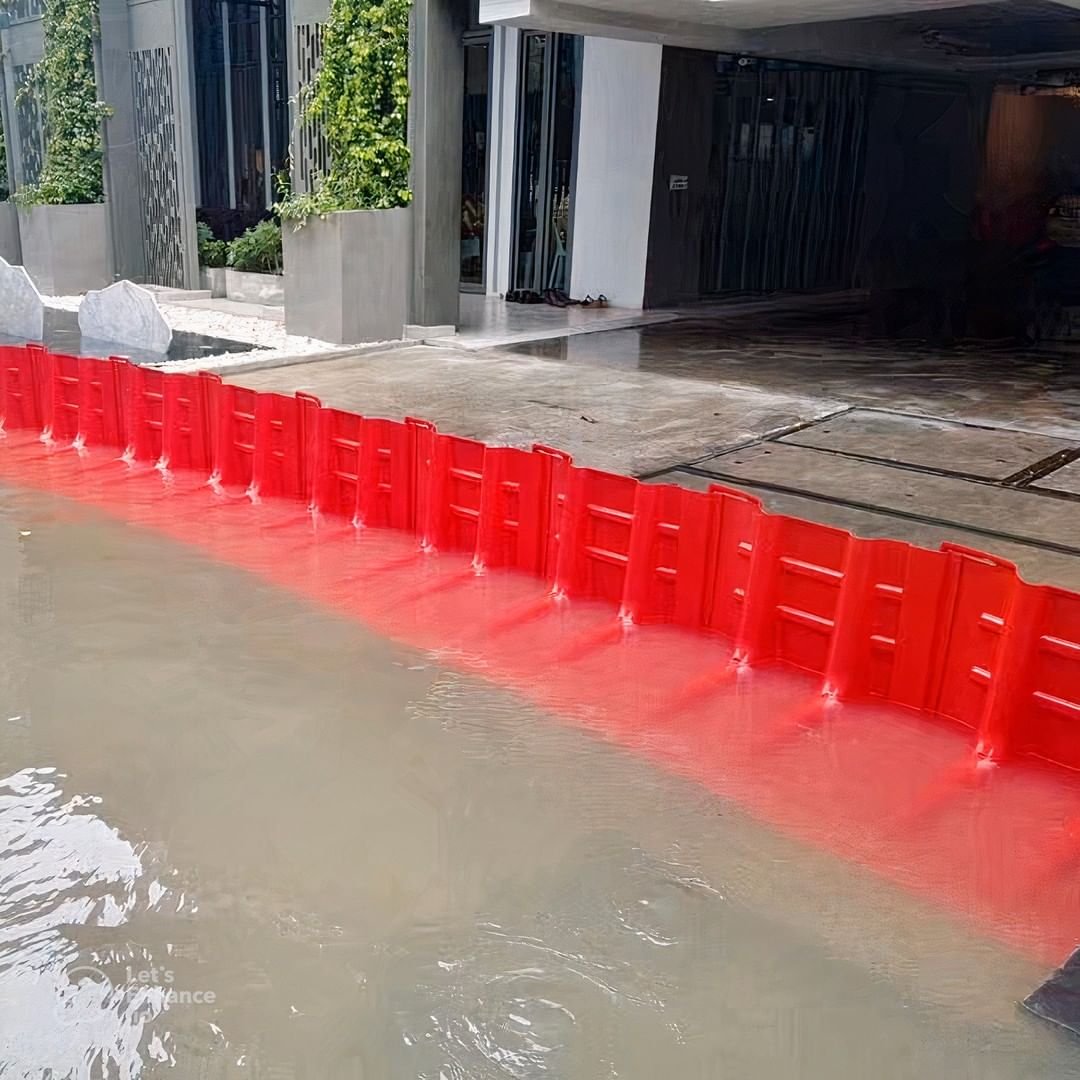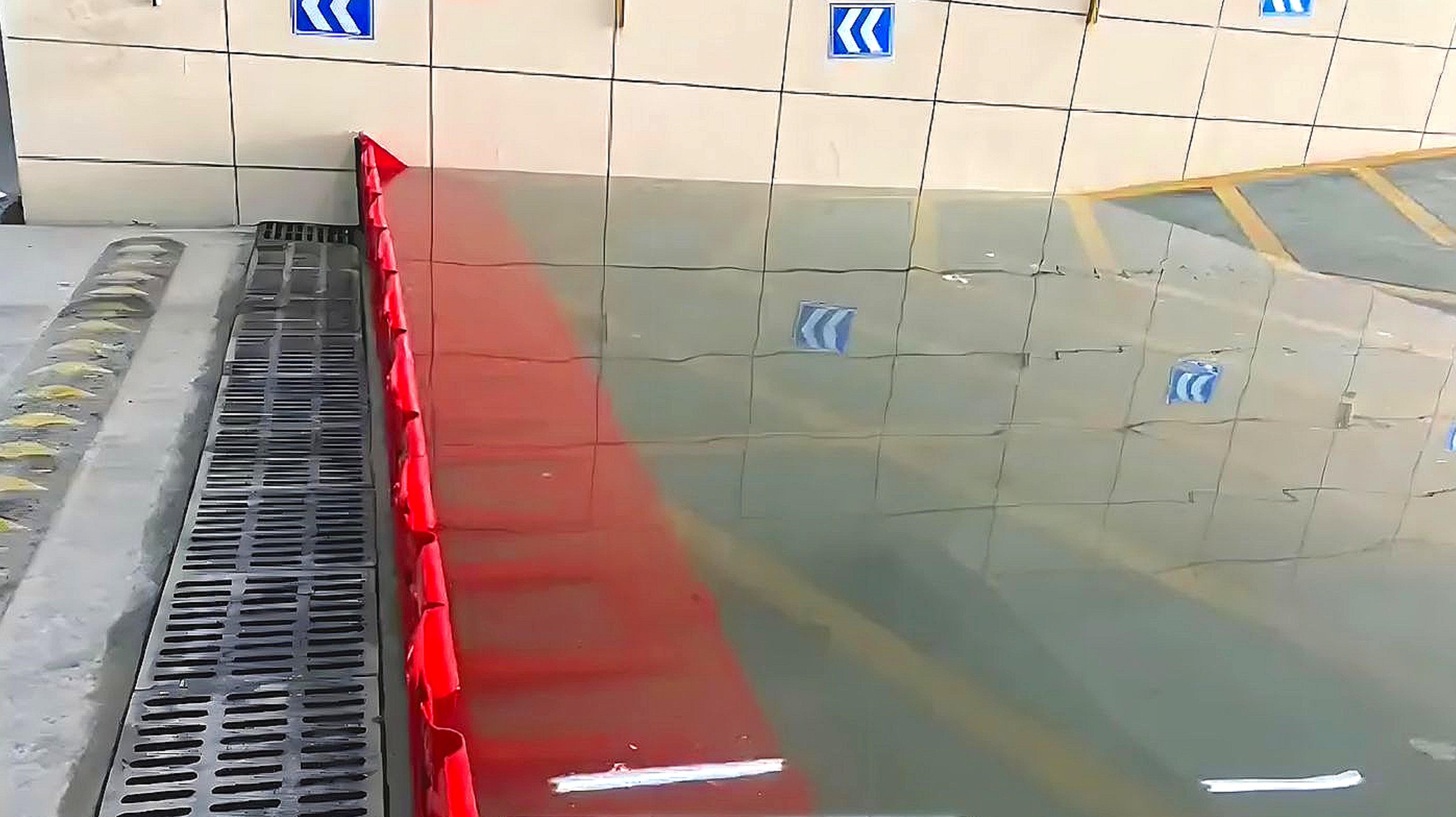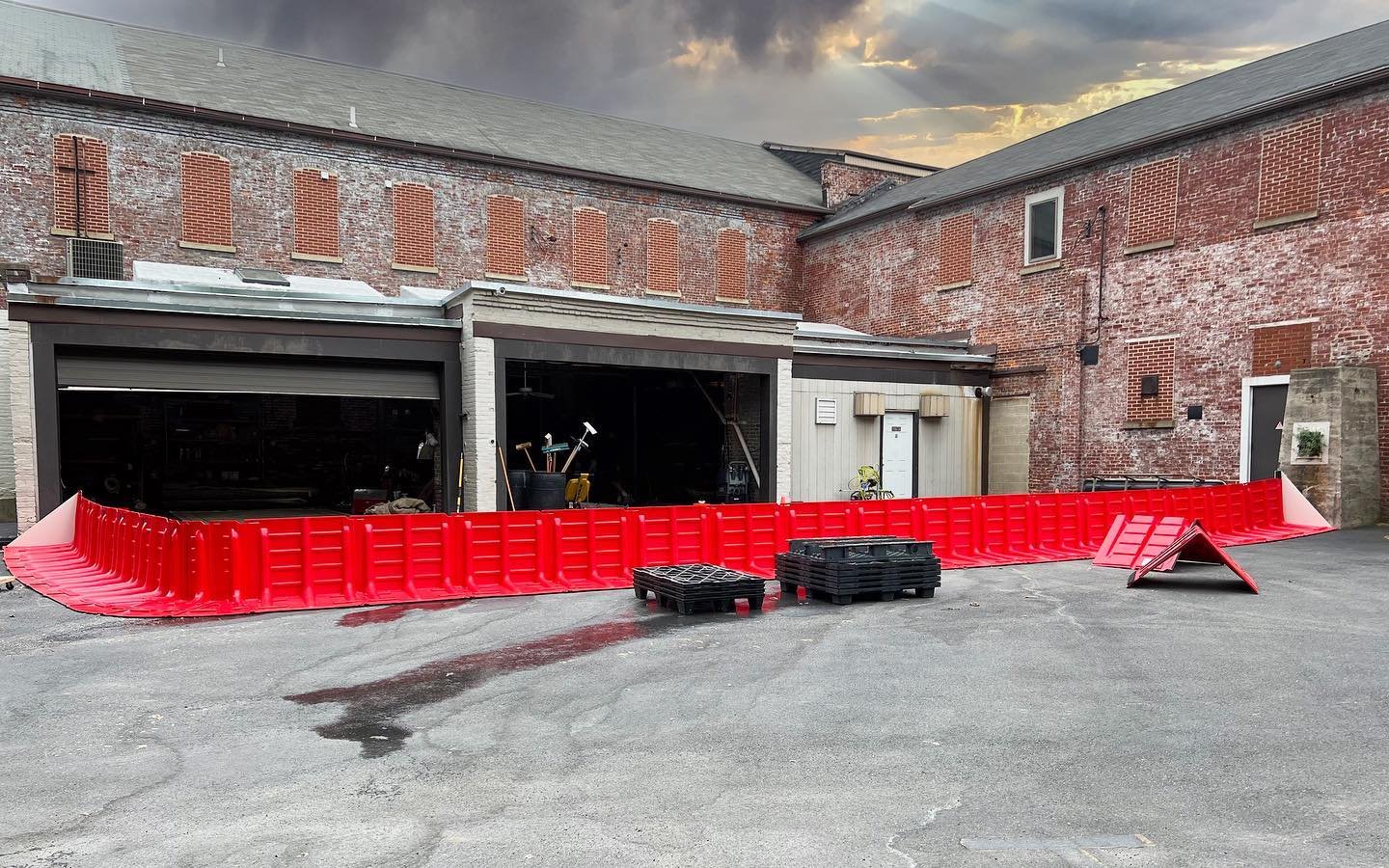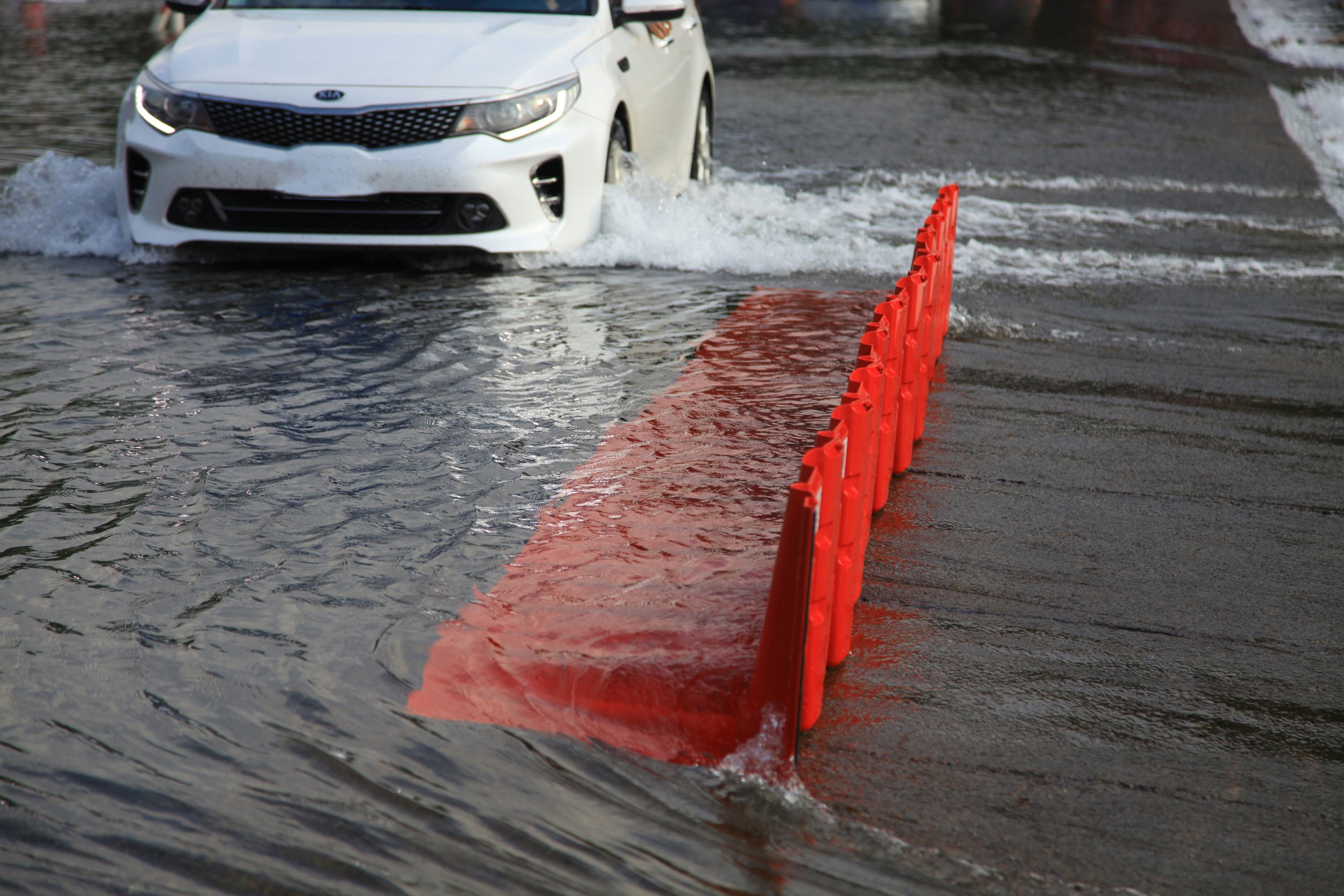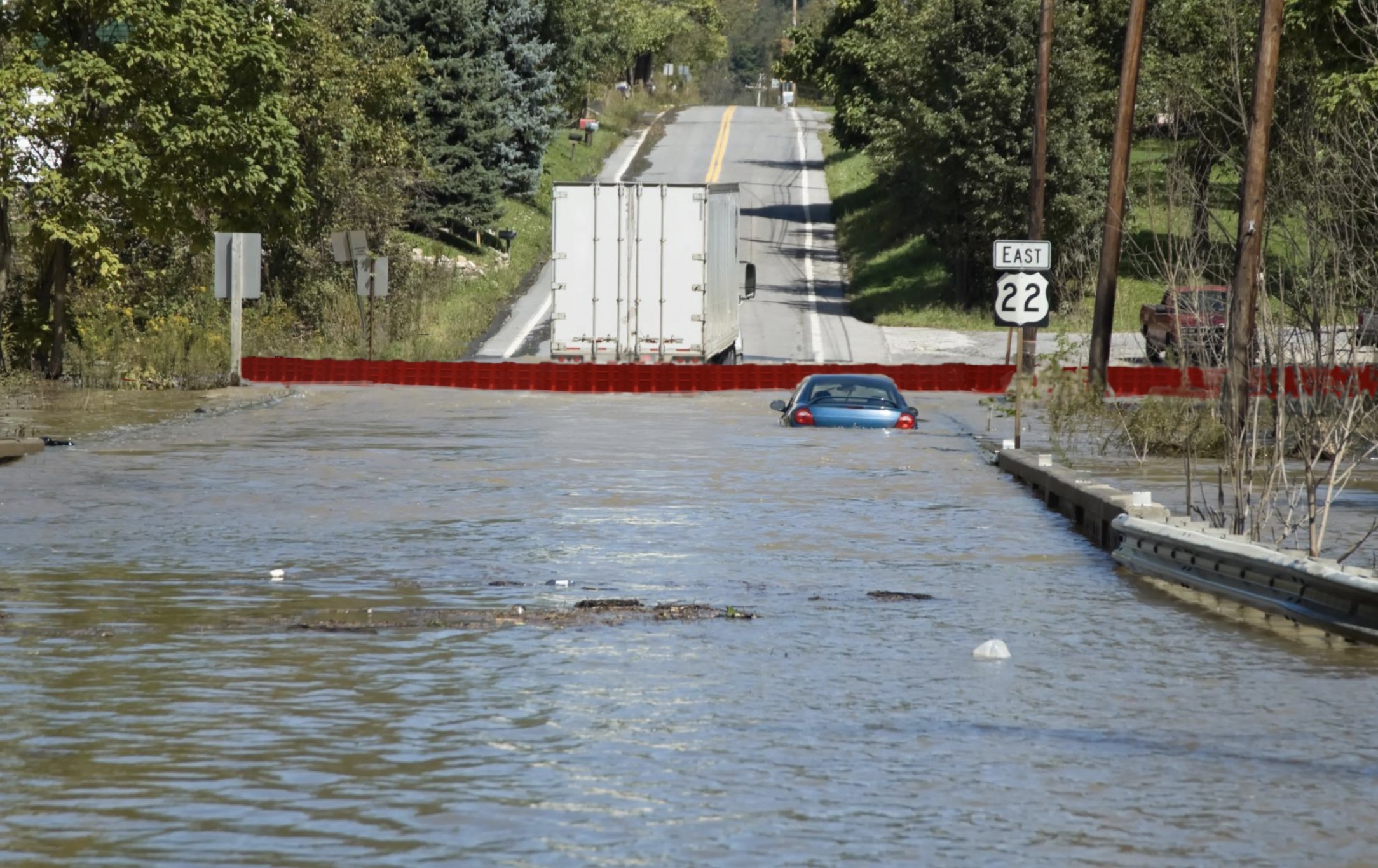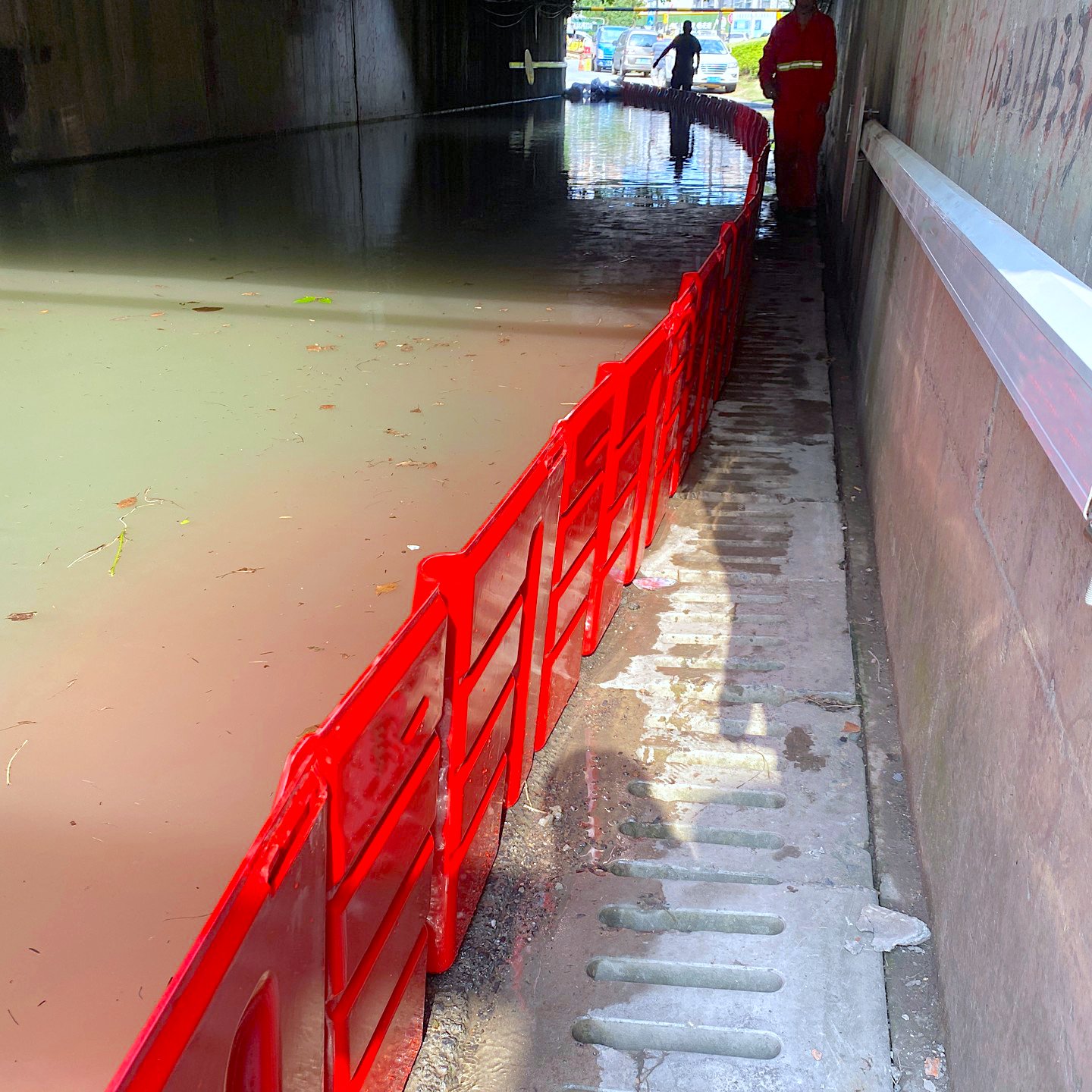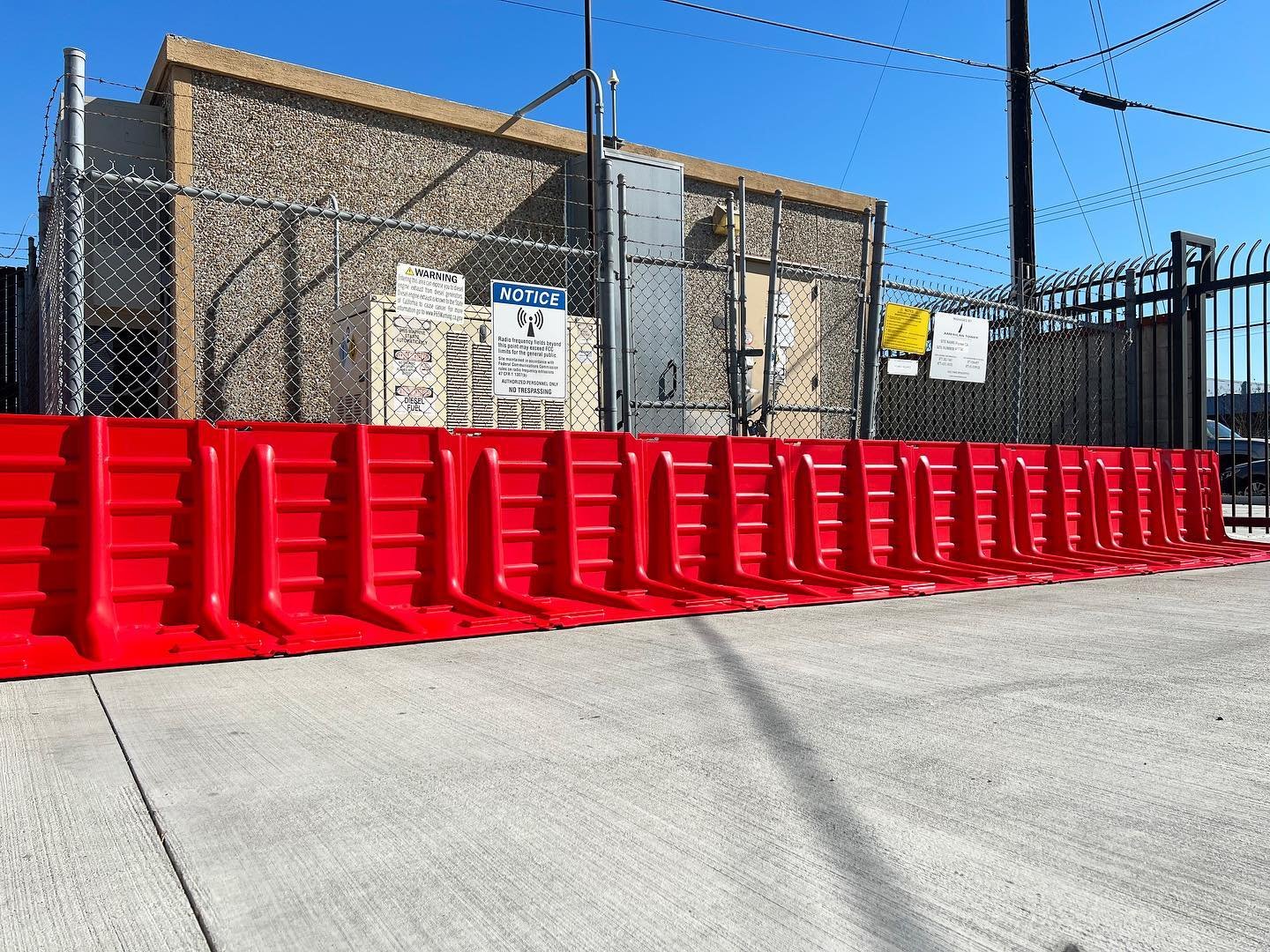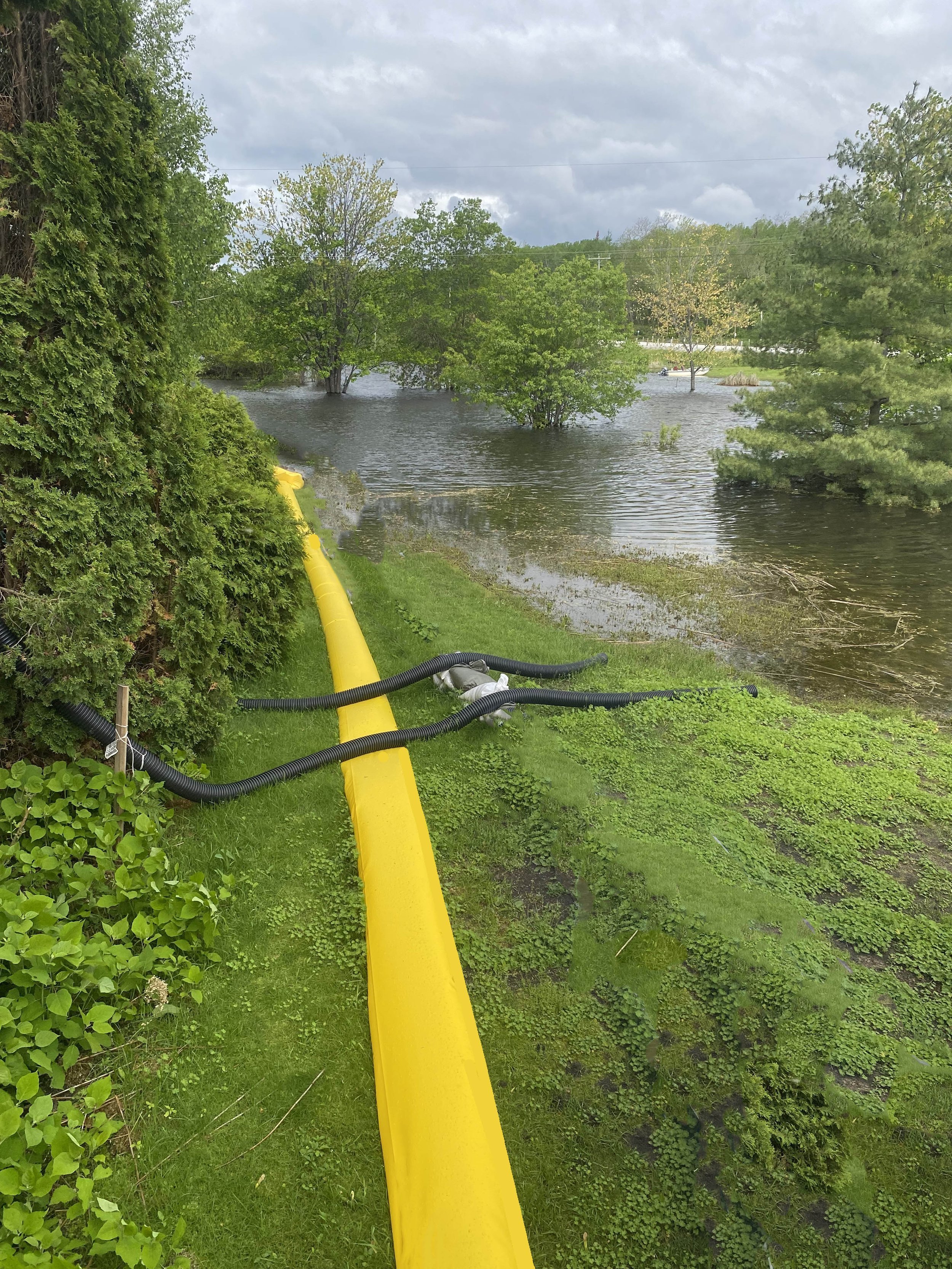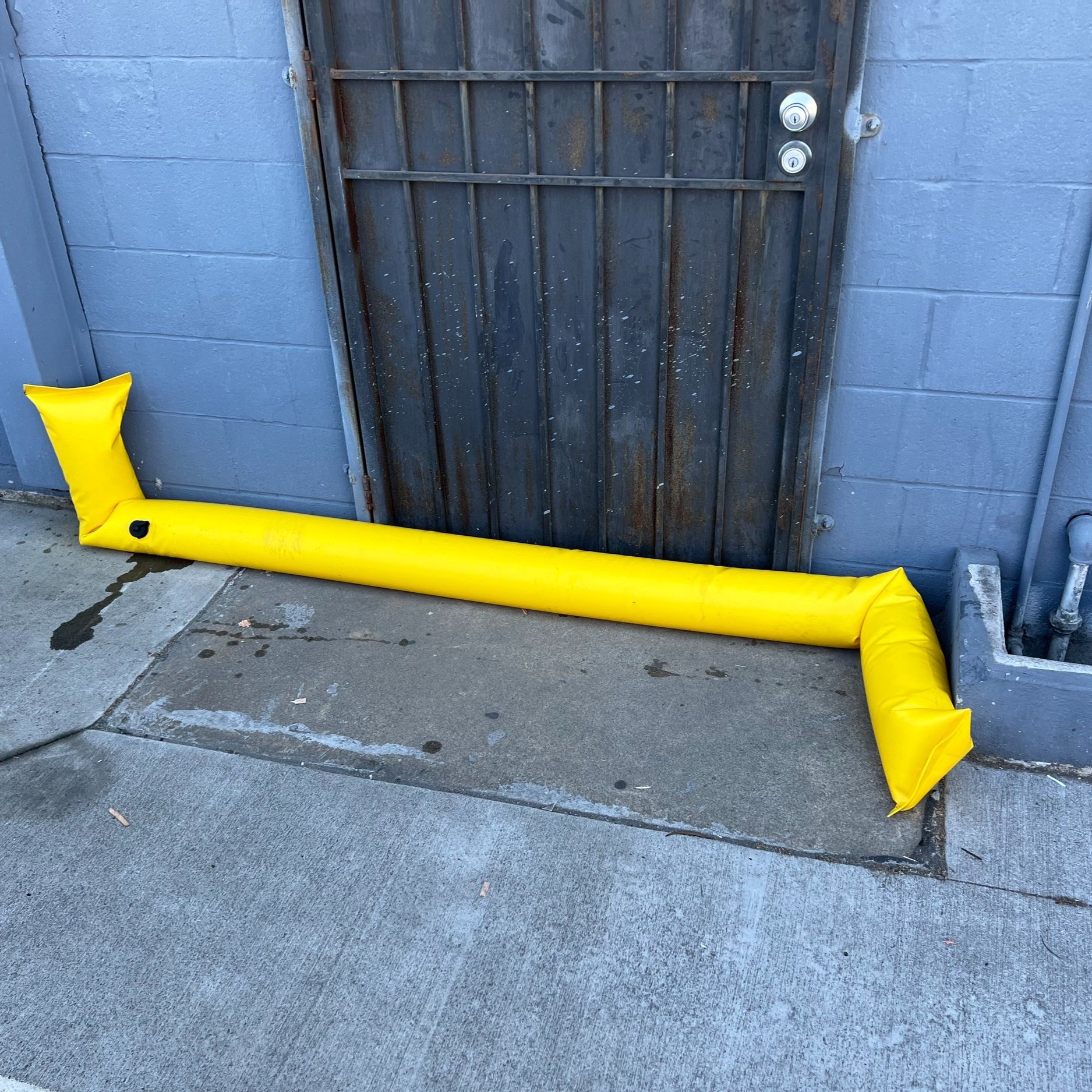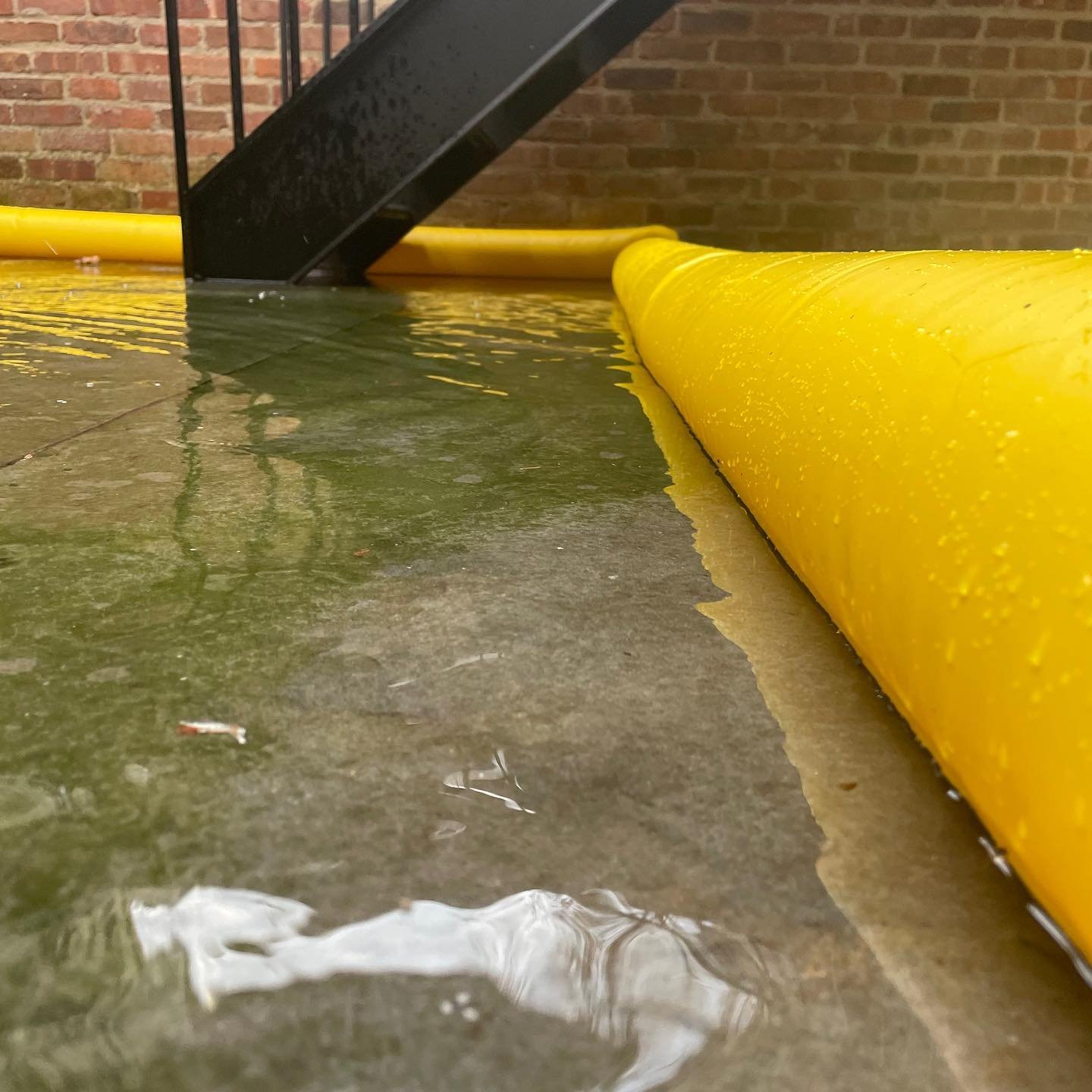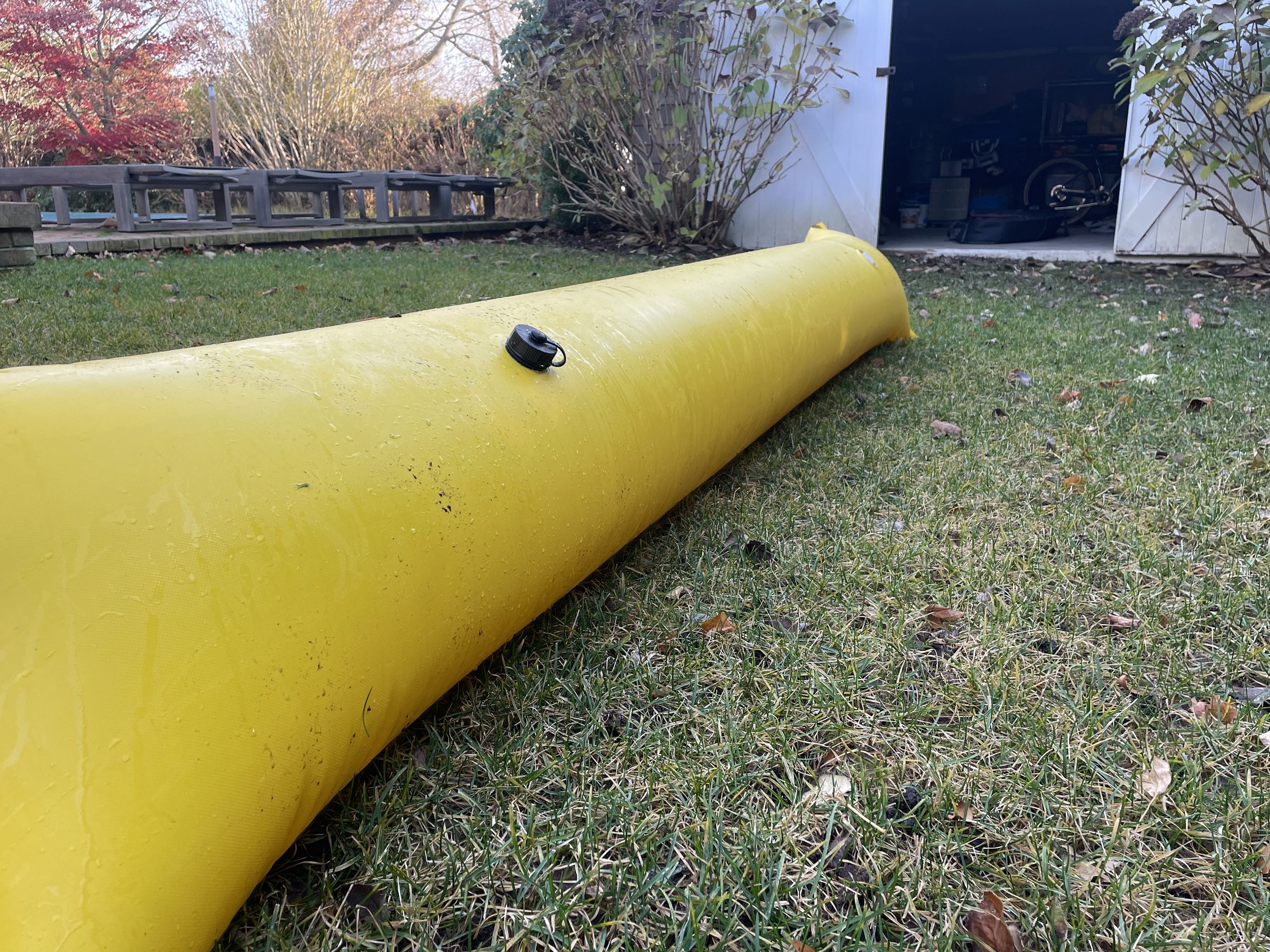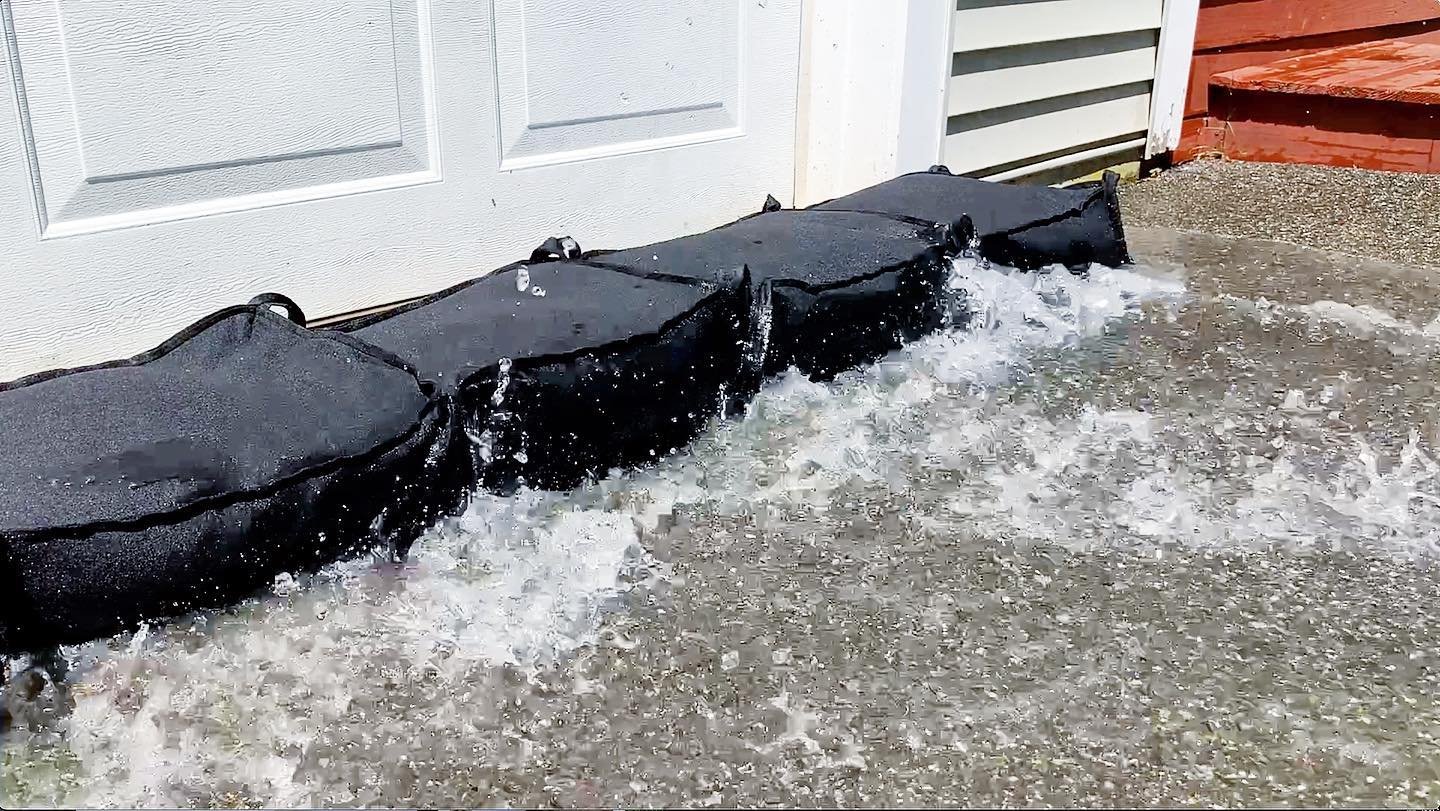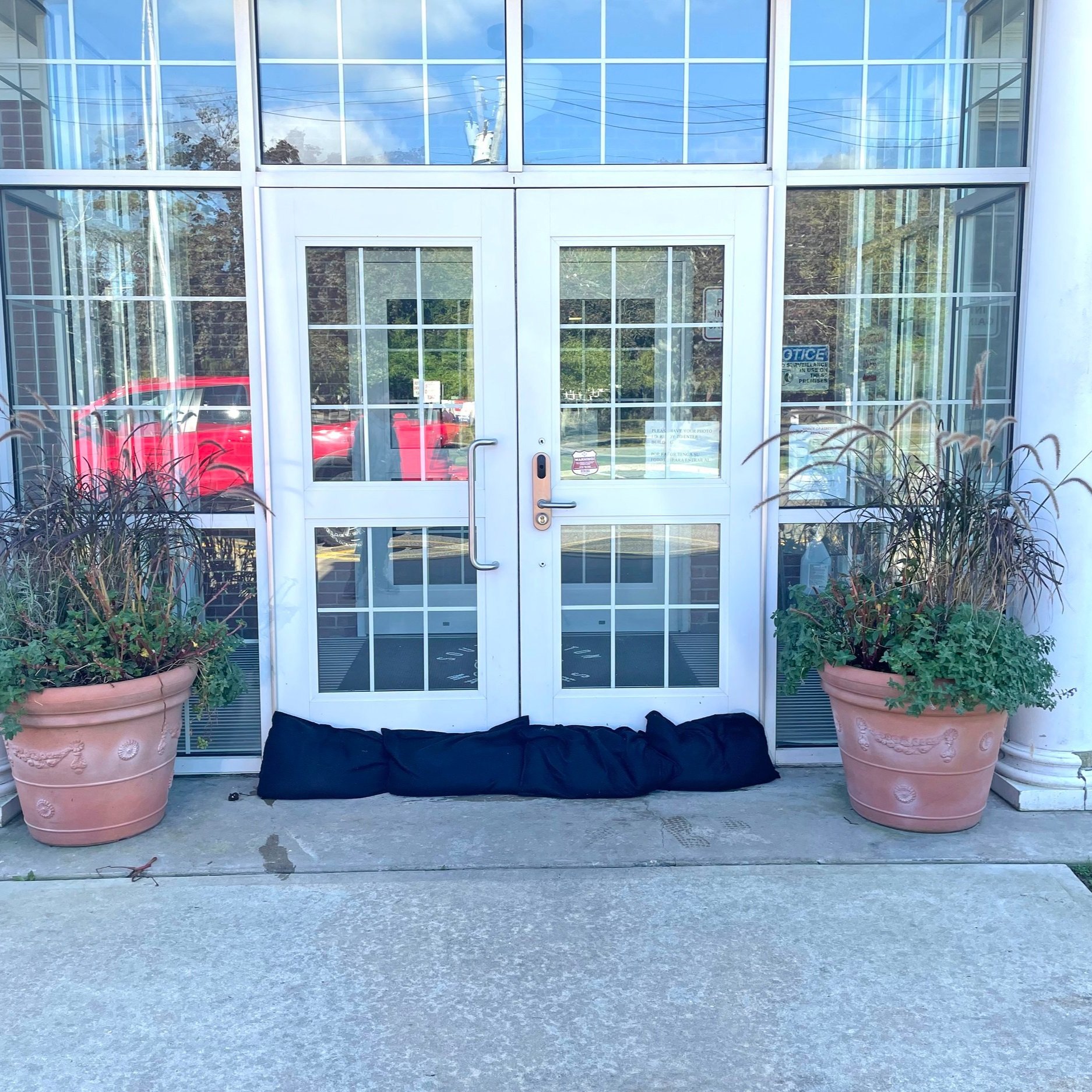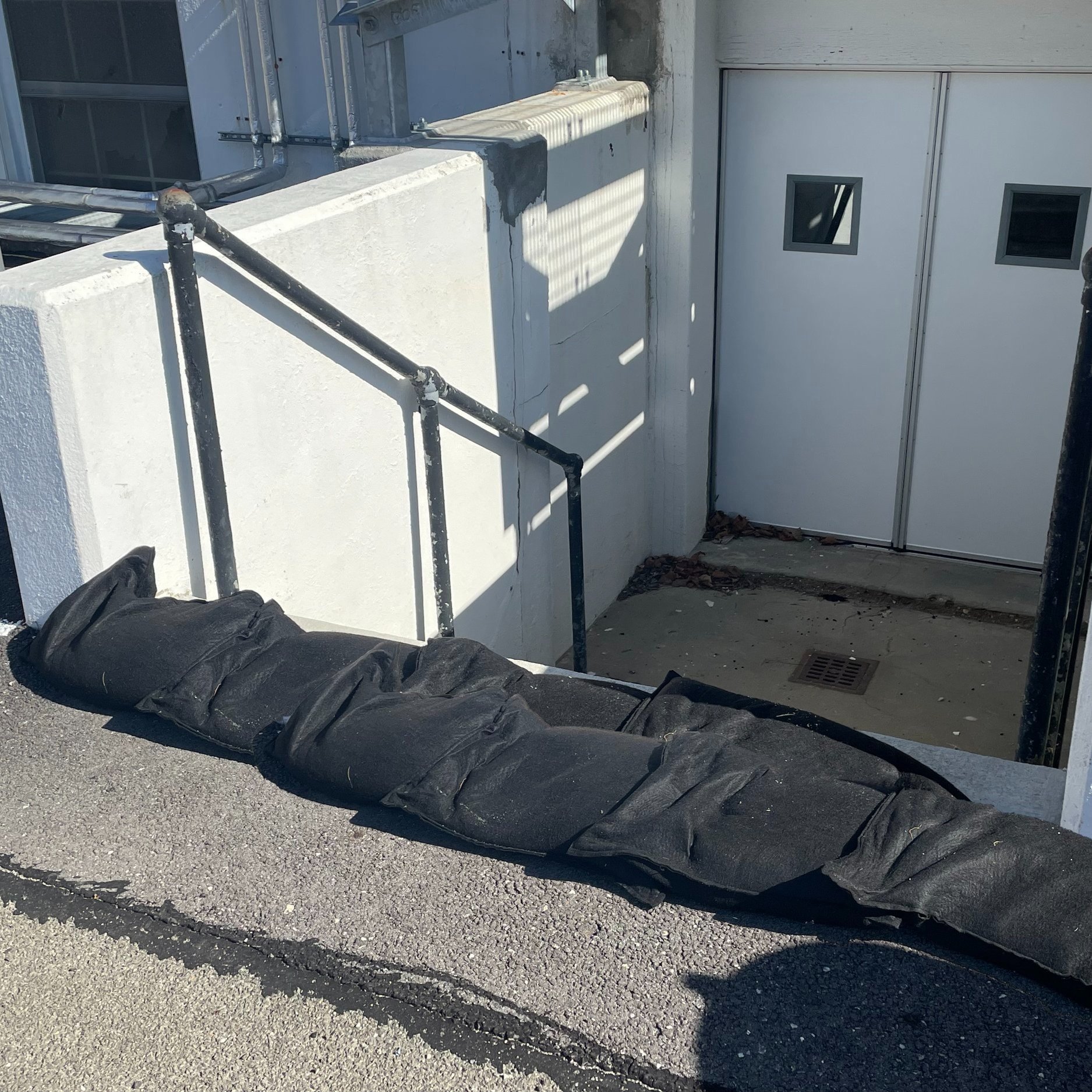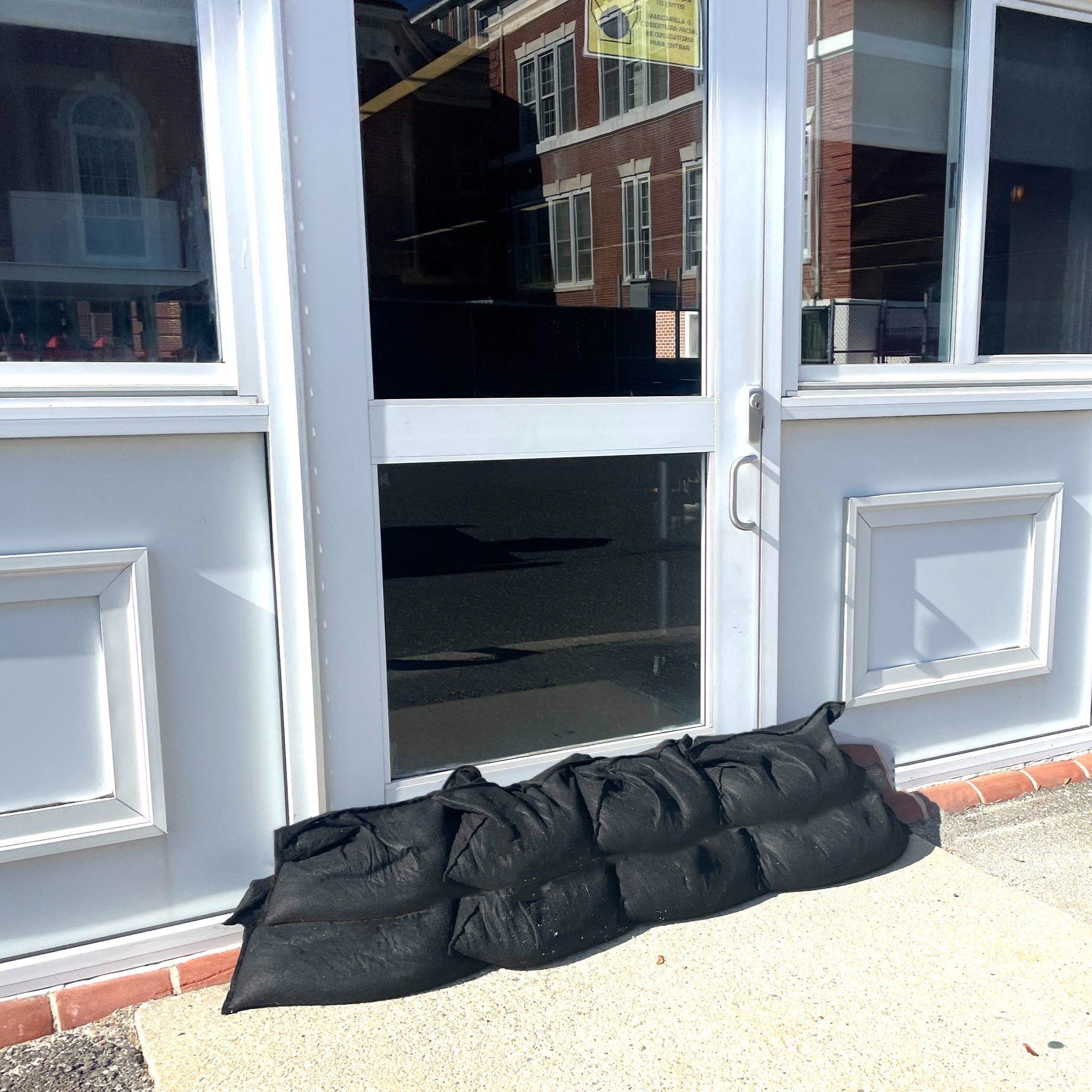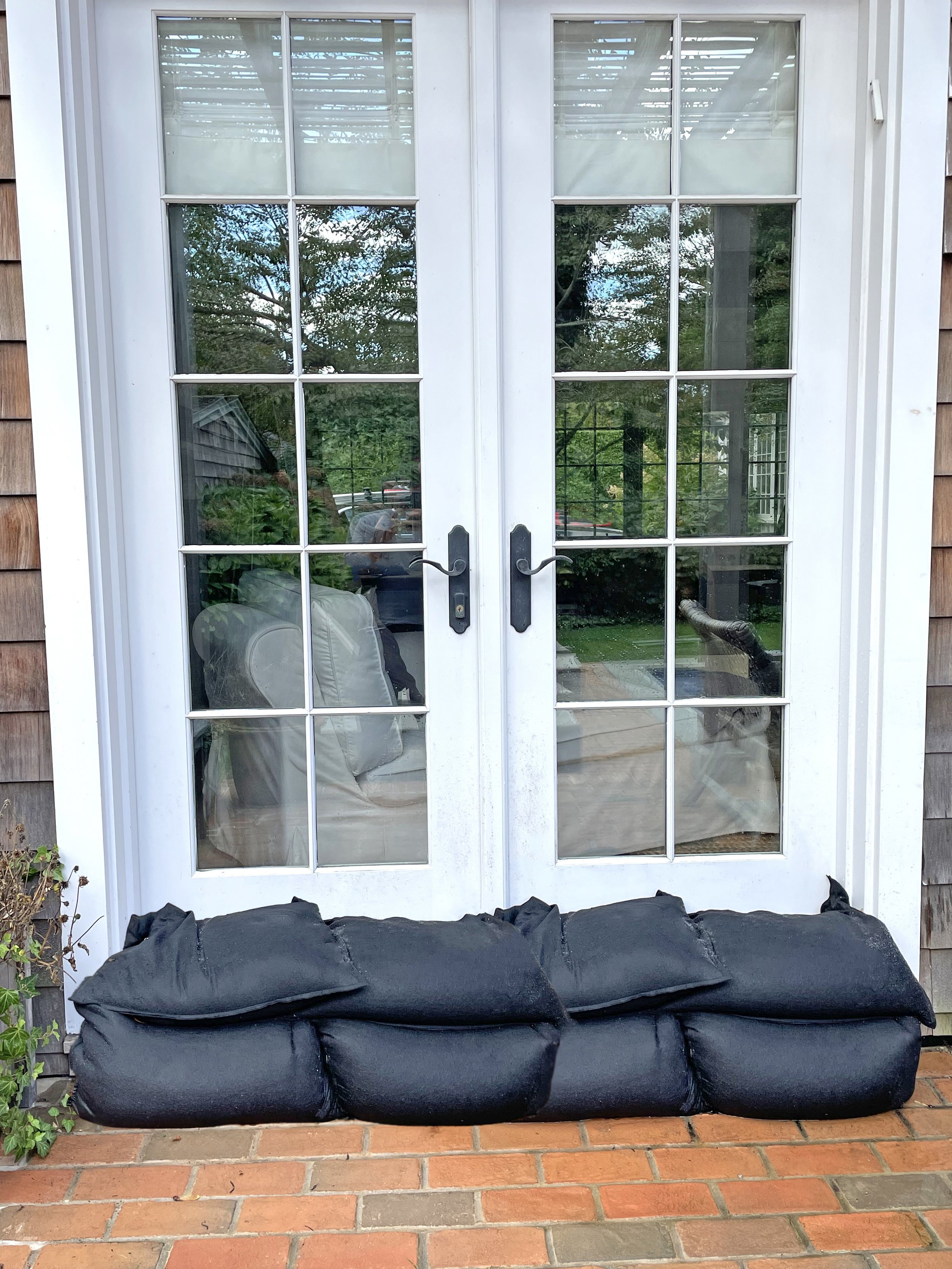Flash Flooding: What Causes It?
At its core, flash flooding is a sudden local flood typically occurring due to heavy rain. As the years pass flash flooding becomes more severe and frequent. Flooding as a whole is the number one most common natural disaster in the world. However, as simple as it seems to just say that flash floods are a result of heavy rain does not begin to tell the entire story as to why they are so detrimental to communities everywhere.
The aftermath of flash floods can be severe and lethal. These floods have the ability to roll boulders, tear out trees, destroy buildings and bridges, and reach heights up to 30ft high. In fact, according to the National Weather Service most flood related deaths are due to flash flooding.
There are a variety of factors outside of just heavy rainfall that contribute to the cause of flash flooding. Certain types of storms play a role in the cause. However, geographical factors and landscapes have just as much of an influence on the effect. Check out in depth the nature of flash floods below and how to best prepare yourself.
Flash Flooding: A Slow Rainfall
While heavy rain is obviously the genesis of most flash floods, it is important to understand the nature of the severe storms that bring it. Heavy thunderstorms, monsoons, cyclones, hurricanes and more can bring devastating levels of rainfall when they reach land.
However, the most important factor that pairs with the nature of heavy rainfall is actually the speed at which a storm travels over a given area. The majority of flash flooding occurs when these severe storms move at a dramatically slow speed over a given area repeatedly. These slow speeds cause a very deep rainfall on one consistent area where the inches of water can pile up over a significant period of time.
On June 9th, 1972 in Rapid City, South Dakota a slow moving storm dropped 15” of rain in just 5 hours. This type of rainfall over that period of time is too much for any place to handle. This flash flood ended up causing $164 million in damages and had 238 fatalities.
Flash Flooding: Geographical Factors
Certain geographical factors contribute significantly to the cause of flash flooding. For instance, over time amounts of debris can accumulate at a natural or man-made obstruction which will restrict the flow of water. With the clog in water flow, this debris being held back by an ice jam or a debris dam can cause flooding upstream. Consequently, if any ice jam or debris dam is to break it can create a flash flood downstream.
Over time these jams and dams can grow to completely restrict all water flow whatsoever. As time passes infrastructure surrounding these restrictions can fail to have a proper plan in place to either alleviate the blockage or mitigate the potential flood damage.
Failure to address or prepare for flash flooding due to these blockages can have severely lethal ramifications on surrounding communities. These are instances where storms will only be a slight cause of the flooding. Anything can come in contact to cause a break in the ice jam or debris dam resulting in a catastrophic flash flood.
Flash Flooding: Infrastructural Drain Failures
Many cities and metropolitan areas throughout the United States have systems in place that account for drainage of heavy rainfall. However, as pollution rises and city legislation lacks behind the ever changing climate landscape, flash floods become more common in these areas.
Whenever an area fails to have proper drainage, passing storms even without extreme rainfall can leave behind a few inches of rain. This rainfall continues to stack on top of each other with every passing storm event. Sooner or later, without the proper drainage, a simple thunderstorm has the ability to completely flood any metropolitan area.
City streets and the urbanization of area layouts can cause water runoff to increase between 2 and 6 times the size compared to natural terrain. This has the ability to turn streets into fast moving rivers with dangerous debris sitting below the surface.
Plan - Prepare - Protect, with Garrison Flood Control
Flash flooding can occur instantaneously so it is particularly important to always have a preparedness plan in place. Flooding causes billions of dollars worth of damage each year. Having the right solutions on hand makes all the difference when trying to protect yourself and your property.
Mayim™ Modular Flood Barrier
The Mayim™ flood control barrier is an easy to deploy flood control system. If you are looking for a durable, efficient and lengthy system of protection for your building or facility, the Mayim™ Flood Barrier is the solution.
Protect against heavy rains, severe storms, swelling rivers and flash floods by deploying your Mayim water diversion and flood control barriers.
With our simple insert and lock connection system, Mayim flood barrier panels connect seamlessly to create a complete flood protection system. Gain the ability to quickly deploy a durable flood wall that is built specifically for active flood threats. Achieve protection heights of 20 and 30 inches to handle a variety of flood levels.
The Mayim is perfect for flood and emergency response, property management, home and office perimeters, loading dock and warehouse entryways and much more. Having a strong, significant solution that is easily deployable can save tens of thousands of dollars in flood damage repairs. The Mayim provides that solution!
Guppy™ Water Filled Flood Control Tubes
The Guppy™ water filled flood tube provides an easy and effective water barrier that will help protect against dangerous flooding. Use these water filled dams to redirect water and to prevent flood damage at homes, offices, tents, factories and municipal buildings.
Each water filled flood control tube becomes heavy with water when filled, creating a durable berm that protects against rising floodwaters. This solution provides you with a simple and reusable setup so that you are always ready for whenever you face a flood threat.
Guppy™ is perfect for protecting driveways and entryways. Also achieve significant redirection of harmful spills and leaks. They are available in 6”, 12” and 24” diameters as well as 10ft, 25ft, 50ft and 100ft lengths. Once finished, Guppy™ easily drains, rolls up and stores to be reused over and over again, whenever a flood threat arises.
Minnow™ Water Activated Flood Bags
The Minnow™️ sandbag alternative offers compact storage, incredible water absorption, and a no-mess clean up after a flood.
Unlike sandbags, which must be filled and deployed using a large crew, the Minnow water activated gel filled flood bag contains a super absorbent gel, which absorbs water and inflates, creating a durable flood barrier against rising water and flooding. Because Minnow is water activated, Minnow bags are stored flat, ready to be transported quickly to the flood site. Flood bags only swell when exposed to water. In less than 5 minutes when exposing them to water, these sandless sandbags will swell and gel into a significant sandbag alternative.
In a world where time is valuable when reacting to a flood, these bags are a must have tool in your emergency plan.
Having access to convenient and effective flood protection solutions puts you in the best possible position to succeed against incoming flood threats.
Contact Garrison Today!
Garrison is here to help you find the best products that fit your protection needs. Feel free to contact us and we can start creating a dedicated flood plan for your property.
Garrison™ Flood Control is a New York-based manufacturer and distributor of a complete line of flood control products. Garrison products contain, divert, and re-route water away from valuable property, equipment, infrastructure, and facilities and help prevent flood damage due to rising water levels.
If you would like additional information about Garrison™️ Flood Control Systems, please call 929-299-2099 or email sales@garrisonflood.com.





